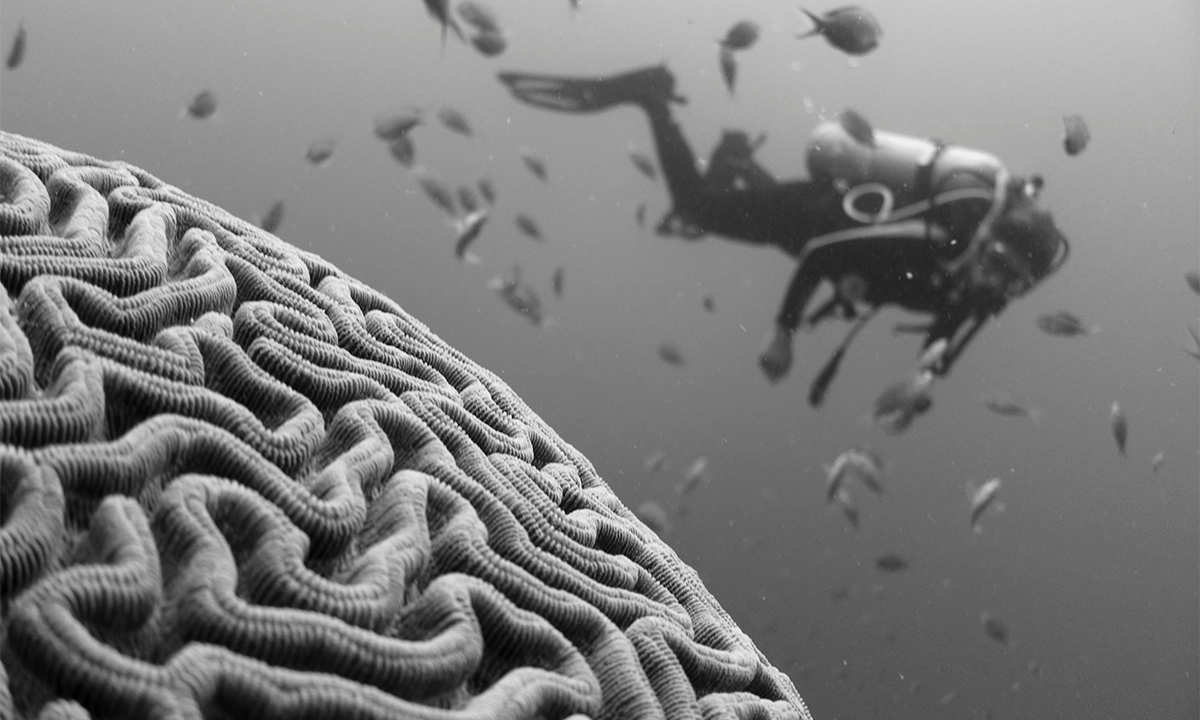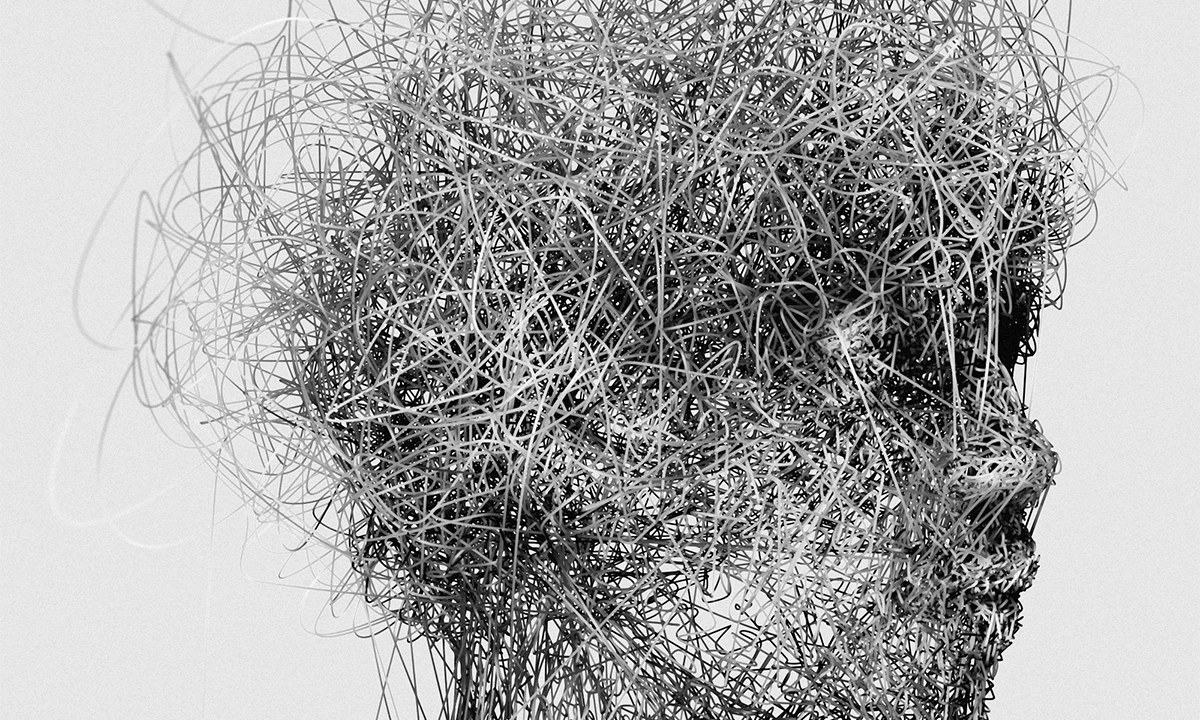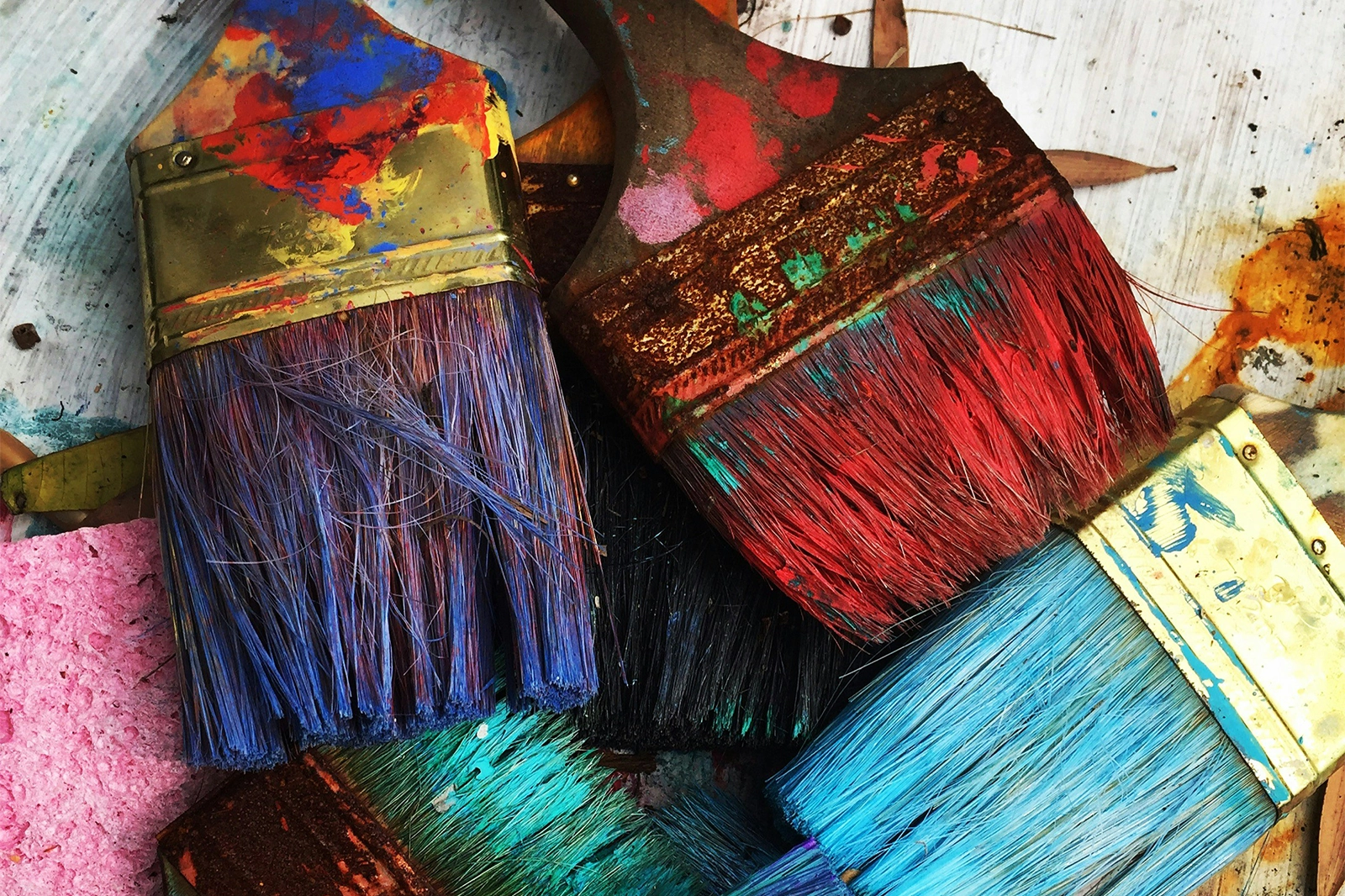Where inspiration meets biology—and why your best ideas might be closer than you think.
The Myth of the “Eureka” Moment
The idea of a sudden flash of genius is romantic—but it’s not the full picture. Most creative breakthroughs don’t come during peak productivity or head-down grind time. They show up after frustration, during a walk, in the shower, or somewhere between waking and sleeping. Neuroscience backs this up. The brain often solves problems in the background while we’re seemingly doing nothing at all.
That flash of insight—the shift from chaos to order—isn't accidental. It's the doing of systems deep within the brain working together, often out of view. Creativity, incidentally, is less about flash and more about the structures by which the flash is made possible.
What the Brain Does When You Create
Three major networks in the brain are responsible for creative thinking:
- The Default Mode Network (DMN): This is the daydreaming zone. It’s active when your mind wanders, when you’re imagining possibilities, pulling memories, or drifting into big-picture thinking.
- The Executive Control Network: This system keeps you focused and strategic. It’s where decision-making, problem-solving, and refinement happen. It evaluates and edits the ideas that bubble up from the DMN.
- The Salience Network: Think of this as the switchboard operator. It decides when to toggle between exploration (DMN) and execution (Executive Network). It helps you know when to chase an idea—or when to sit still and let one come to you.
The most creative minds don't use only one of these. They fluidly transition between all three. Such liberty—the freedom to drift and steer, to release and then zoom in—is the signature of genuine creative thinking.
Flow State: Where Time Slips Away
If you’ve ever been deep in a painting, a performance, a sketch, or a burst of writing where time collapsed—you were likely in a flow state. This is when the brain drops into a unique rhythm, typically marked by alpha and theta brainwave activity.You’re relaxed but alert. Self-doubt recedes. Movement feels natural.
In this condition, the prefrontal cortex—the area of your brain devoted to judgment and censorship—shuts off halfway. This is why you don't censor every brush stroke you take. You're not censoring—you're making. It's a neural sweet spot that every artist intuitively understands, even if he or she never articulated it.

Emotion, Memory, and the Artistic Mind
Art is emotional—and so is the brain's machinery of creativity. The brain's machinery for emotion and memory, the limbic system, has a huge role in artistic epiphanies. Color choice, shape, symbolism—these emerge as often as not from felt experience, not logic.
When artists insist that work"just flowed out of them," they're likely drawing on stored emotional memory—perhaps years in the building. That unconscious repository is dense and personal. Neuroscience only now grasps how memory, especially emotionally charged memory, drives creative expression.
Training the Brain for Breakthroughs
The best news? Creativity can be trained. While talent plays a role, so does brain plasticity—the brain’s ability to grow, adapt, and rewire itself.
Here are a few ways to prime your creative brain:
- Daydream deliberately. Let your mind wander. Breakthroughs often come when the brain is off-task.
- Switch mediums. Cross-training in multiple art forms activates new neural pathways.
- Get moving. Walking, dancing, stretching—all stimulate blood flow and spark mental connection.
- Practice boredom. Stillness and unstructured time create space for unexpected ideas.
- Sleep on it. Many insights consolidate during REM sleep. Rest is not a luxury—it’s part of the process.
Creativity doesn’t always look like productivity. Often, it’s the quiet before the shift.
Final Thought
Artistic epiphanies are always treated like accidents—mysterious and inevitable. But in fact, they are byproducts of the brain's own ability to process, relate, and communicate.Creativity is not a gift bestowed on the select few. It's a procedure—a synthesis of mind and enigma.
That phrase captures the essence of what’s really happening: a partnership between your conscious intention and your subconscious freedom. Understanding how the brain works doesn’t take away the magic—it deepens it. It helps us recognize the rhythms we’re already working within. It reminds us to trust the ebb and flow, the pause and the push. Because sometimes the most important work is happening when nothing seems to be.
And that moment—that shiver of electricity when it suddenly all just clicked—isn't the beginning. It's the reward for all that your brain was building behind the scenes, in secret.

.svg)

















